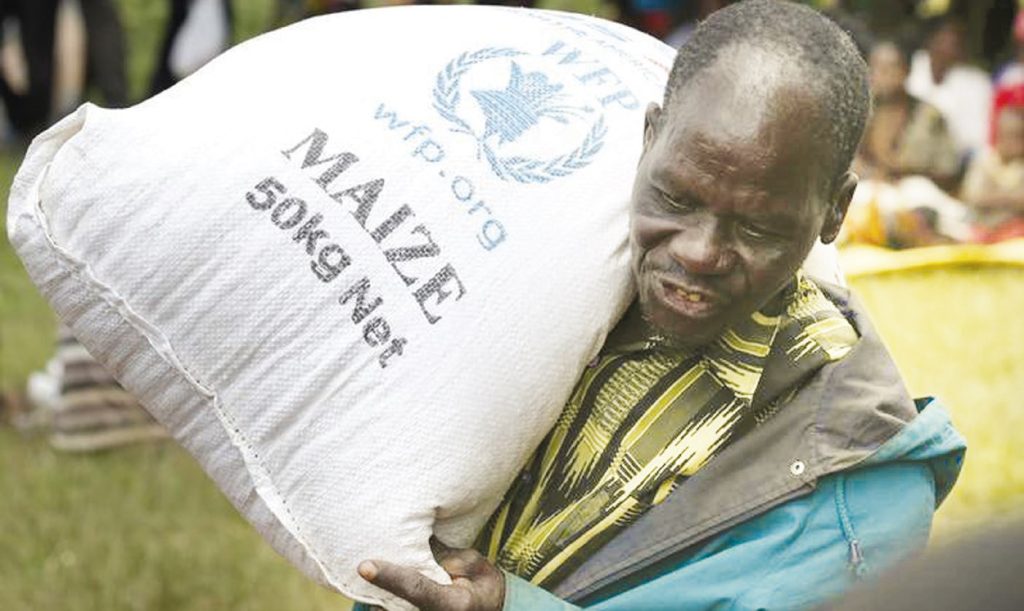Relief maize flour imports trickle in
The Department of Disaster Management Affairs (Dodma) has said the maize flour imported from Tanzania and South Africa has started arriving in the country.
Dodma said the tonnage will now be 23 009 metric tonnes (MT), which is 7 000MT less than what was initially expected when the planned 30 000MT maize imports from Tanzania were affected by maize lethal necrosis disease in that country.

However, in an interview yesterday, Dodma spokesperson Chipiliro Khamula was not specific on how much tonnage has already arrived.
He said: “It is 23 009 MT of maize flour that will come and some has started coming. Remember 30 000MT was maize and then a decision was made to have it milled and definitely, it has to be less.
“The amount to be spent has not changed. It is the same $20 million from the World Bank through World Food Programme [WFP] as part of the 2023/24 lean season food insecurity programme. The flour has started reaching the country.”
According to Khamula, the distribution exercise will begin on February 22 and will be distributed in 12 districts, namely Blantyre, Chiradzulu, Thyolo, Mulanje, Machinga, Mangochi, Lilongwe, Dowa, Ntchisi, Mzimba, Karonga and Chitipa.
He added: “We are targeting 397 778 households [about 1 790 001 people]. Each family will be receiving a 50 kilogramme bag of the flour. This far, slightly over 500 MT has arrived and by the end of March, everything will have arrived.”
In his State of Nation Address in Parliament on February 9, President Lazarus Chakwera said government is implementing the Tropical Cyclone Freddy Recovery Programme targeting 31 955 households that will each receive K150 000 over three months, apart from food aid.
Earlier, WFP Malawi country director Paul Turnbull said they anticipate the maize flour to arrive in the country within the lean period, concluding at the end of March 2024.
The 2023 Malawi Vulnerability Assessment Committee estimated that 4.4 million people would be unable to meet their annual food requirement, representing close to 22 percent of the population.






Fantastic site A lot of helpful info here Im sending it to some buddies ans additionally sharing in delicious And naturally thanks on your sweat
Your blog is a garden of laughter, and I’m grateful for the seeds you plant with every post!